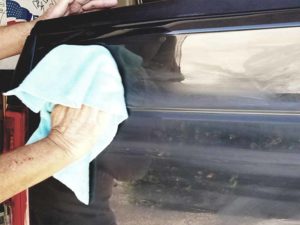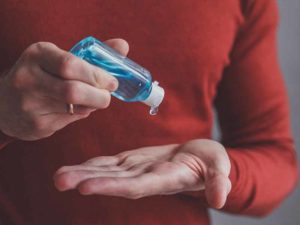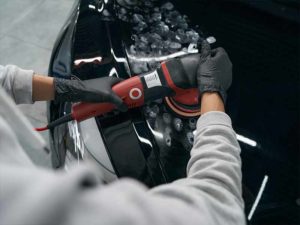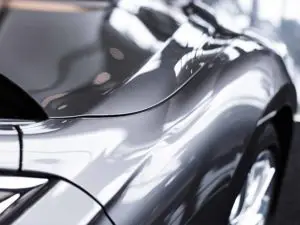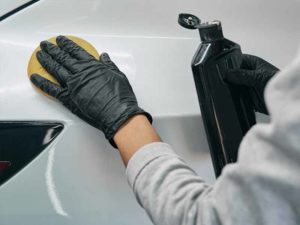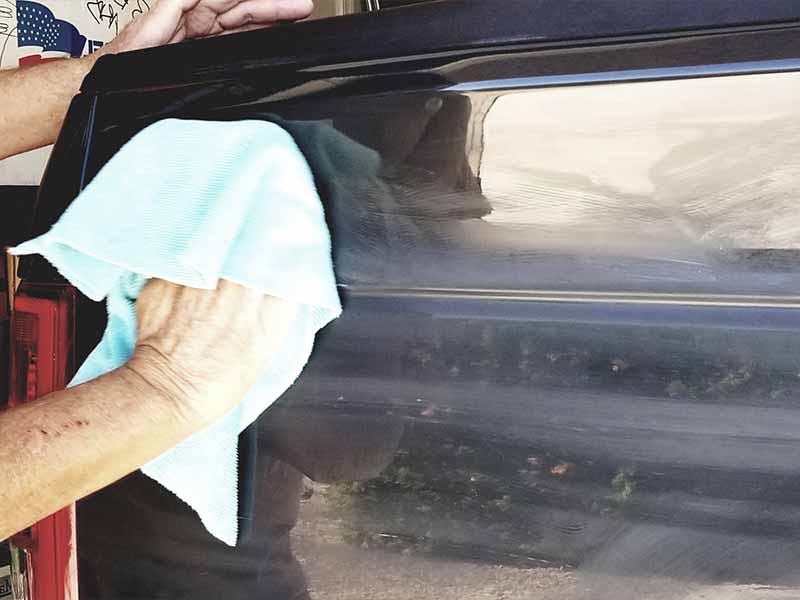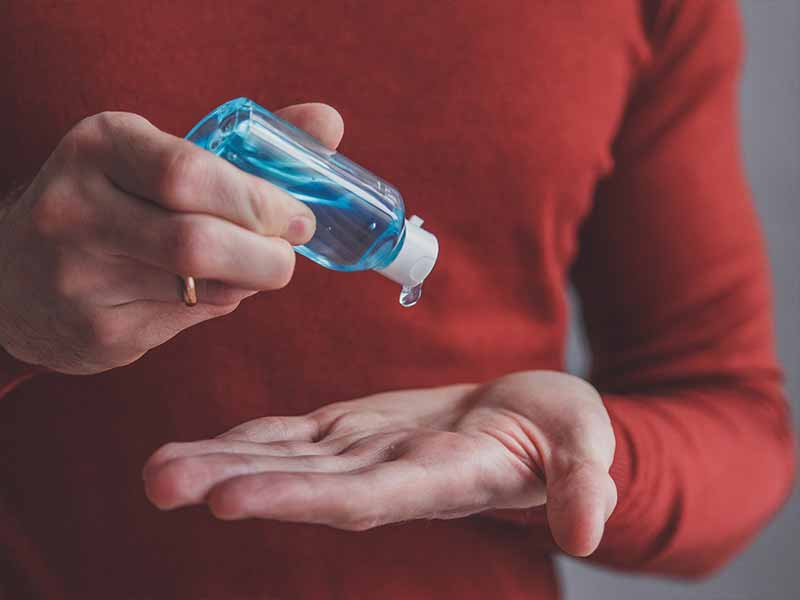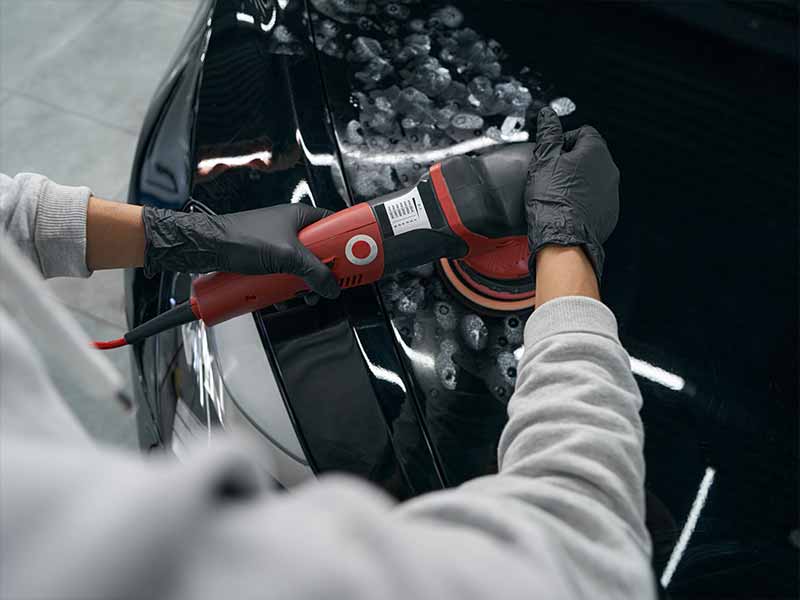Table of Contents
Waxing your vehicle prolongs the paint’s life and gives your whip a refreshed look. There are times, though, when you might need to remove car wax.
If you’re not sure how to remove car wax, this article will show you real-life examples of removing car wax without having to know a lot about paint.
How to remove car wax or paint sealant
You can use the following products to remove car wax:
- Isopropyl alcohol (IPA) or Panel Wipe
- All-purpose cleaner
- Clay bar
- Vinegar
- Paint cleaner polish
- Wax-stripping shampoo
Even if you get wax on the plastics, our wax removal process has you covered. Knowing how to remove wax makes the process less scary. It’s also a critical step in certain paint treatment and correction processes. We’ll introduce you to these products and guide you in using them to remove wax from your vehicle.
Different Methods For Removing Car Wax
Everyone has their way of removing car wax, but here are some of the common ways you can remove wax from your car.
IPA and/or Panel Wipe
Removing car wax with Panel Wipe or isopropyl alcohol can be a rewarding process. Panel Wipe is a pre-formulated product you can buy that works like a wipe you might find at the grocery store for wiping down carts. IPA works similarly, but you’ll have to mix it first.
There are a few different methods to mixing an IPA solution. A ratio of 10% IPA is plenty to remove any oils or waxes from your paint, but you can easily create a more concentrated solution if you desire. Read more about eliminating car wax with rubbing alcohol to learn about IPA solutions and dilution ratios.
It’s crucial to remember that if you plan to use IPA to wipe down your vehicle, it shouldn’t be left on the paintwork for an extended time. The IPA can negatively affect the clear coat and cause irreparable damage.
Pre-Wax Cleaner
Pre-wax cleaner is an off-the-shelf product that will strip wax from the surface of your car or truck. Some of these are simply isopropyl alcohol dilutions while others use various chemicals that are effective wax removers that decontaminate your car without damaging the car’s surface.
Be sure and follow the directions that come with any pre-wax cleaner you may buy. Some may react poorly if they come into contact with plastic trim or rubber.
Clay Bar
Working with a clay bar isn’t as scary as you might think. Sure, you don’t want to drop the clay bar and then apply it to the paint, but as long as you can successfully move the bar across your paint, there’s nothing to worry about. Clay pads are a relatively new invention that allows you to cut your claying time in half. They’re not necessarily ideal for small spaces or corners, but they will make quick work of large panels. These pads work at a relatively low speed to bring heat to the claying process. A dual-action polisher is all you need to pair with a clay pad. Keep in mind that many clay bar lubricants are actually just a spray-on wax. Detailing clay requires a lubricant to allow the clay bar to glide across the car paint. If you’re goal is removing wax you can use water as a clay bar lubricant instead, however it will not be as effective at providing lubrication for the clay bar to glide and you’ll want to keep a spray bottle on hand to ensure you keep the area heavily saturated.All-Purpose Cleaner
All-purpose cleaners work to remove contaminants from a surface, whether a kitchen counter, bathroom tile, or your vehicle’s paint. While not every all-purpose cleaner works the same, you can use your favorite degreaser to cleanse your automotive paint. It would be best if you diluted all-purpose cleaners in most cases. If you find a degreaser that’s not concentrated, test out an inconspicuous spot in your engine bay to see how it reacts. You may need to dilute it further, or you might be able to use it directly from the spray bottle or container.Vinegar Wipe
Using vinegar on your automotive paintwork might seem drastic, and in reality, it is. There are certain instances where you’d want to use a vinegar wipe, specifically for paint that has stubborn hard water spots. A vinegar wipe involves wiping vinegar across the surface of the paint. After all, it is an acidic substance and, therefore, will degrade the clear coat. However, if the vinegar is left too long, it can eat at the clear coat. We recommend using a vinegar wipe only when hard water spots are present and applying a wax or sealant afterward.Paint Cleaner Polish
Polishes and correction compounds integrate a certain level of grit combined with heat to improve the overall look of your paint. While you might invest in a solid correction compound to remove and reduce scratches, a good paint cleaner polish will go a long way in improving those results before you even break out the cutting pad. Paint cleaner polishes combine the forces of heat, grit, and a regular motion to agitate the clear coat surface without damaging it. Lower rotations per minute (RPM) speed ensures you’re making the most of your efforts. It’s best to use a paint cleaner polish before any correction compound, but you can use a clay bar or pad to achieve a similar effect.Wax-Stripping Car Shampoo
No matter how you slice it, you’re going to have to wash your car before you can remove any car wax. You’ve got to start with a clean slate. Using a wax-stripping shampoo will help break down any contaminants on the surface while also removing stubborn wax that may be stuck in the pores of the paintwork.
Make Your Own Wax Remover Car Wash
These days there are many products you can buy to make your cleaning concoctions. If you prefer to create your wax-stripping car wash, here are a few homemade recipes. Feel free to mix them stronger or weaker, depending on your application.
Simple Green
As an all-purpose cleaning product, Simple Green works well to cut through the grease and grime built up on your vehicle. In a spray bottle, mix a small amount of Simple Green with warm water. Swirl the mixture together to create bubbles and spray on your vehicle. This solution works well on greasy engine bays or dirty mud flaps.
Dishwashing Soap
You’ve seen the commercials with Dawn dish soap cleaning off wildlife. It’s a popular soap for cleaning dishes and breaking down oily residue. It’s also capable of removing wax but not by simply adding it to a foam cannon and coating your car or truck.
You’ll have to make a concentrated mix with water that you can use from a spray bottle if you want to thoroughly remove wax from your car. Dish soap isn’t as strong as some of the other more popular options for removing old wax.

How to Remove Car Wax From Your Vehicle
Purchasing products and getting your car ready to remove the wax is one thing, but doing that is another thing entirely.
Here’s a list of the step-by-step instructions you can follow to remove wax from your vehicle.
Park Your Car Inside
Like with a paintwork correction process, you’ll want a covered, cool place to work on your vehicle. The paint should be cool to the touch, or at least ambient temperature.
Good lighting helps see if your product is working; light on the sides and above the vehicle should give your eyes plenty of what they need to see areas where the water continues to bead.
Wax-Stripping Car Shampoo
These shampoos work like any other car soap, but with an integrated degreasing element. Be cautious in using these shampoos, as they could dry out the paint very quickly.
We don’t recommend using a wax-stripping shampoo unless you plan on applying the same wax and/or sealant in the same sitting.

All-Purpose Cleaner
Investing in a reliable all-purpose cleaner can make washing your car that much easier. These cleaners are also known as degreasers in the automotive community and work like Dawn dish soap or Simple Green to remove oils from surfaces. You can easily vary how much all-purpose cleaner you use to mix a stronger or weaker ratio. All-purpose cleaners should be used during the washing process, as they can leave behind a residue. You can combine an all-purpose cleaner with other methods for removing car wax.IPA, Panel Wipe, and Vinegar Wipe
Once your vehicle is washed, you can break out the various wiping processes. Depending on the type of contaminants on the paint, a specific product might work better than the others. These products, such as isopropyl alcohol (IPA), Panel Wipe, and/or a vinegar wipe, all work roughly the same. As with wax-stripping shampoos, you should use vinegar wipes carefully to strip the surface of the paintwork. Vinegar wipes work best for hard water spots, but they can quickly cut through grime sitting on top of the clear coat, too. The acidity of the vinegar could eat away at the clear coat if it’s already compromised, such as on older vehicles. IPA and Panel Wipe work in a similar way:- Spray some IPA on a microfiber cloth and wipe across a surface.
- Using light to mild pressure, work the wipe across a section.
- Check it with the light.
Clay Bar
Most people serious about taking care of their paint are familiar with clay bars. These products use a porous clay-like material to remove contaminants stuck into the clear coat to provide a smooth and clean surface. There’s nothing like the feel of freshly clay-barred paint. There are a few different ways to use clay bars. A common method uses a bucket of hot water to soak the clay bar in, giving you a source of water to splash on the panels as you clay bar them. The key with clay bars is keeping lubrication, so the bar doesn’t stick to the paint. Clay pads attach to dual-action polishing machines and cut down on clay bar time immensely. Lubrication is critical with these pads, as they are spinning so quickly across your vehicle’s paint. Having a bottle of water or spray wax at hand ensures you won’t damage the paint with a dry clay pad.Paint Cleaner Polish
Compounds and polishes are mainly advertised as products to improve the appearance of your paint. Scratches and scuffs do come out with these products, but they can work dually, too. Sometimes removing contaminants requires a bit of heat. For example, paint cleaner polish works to clean the surface of your clear coat. That’s something you can often get from a clay pad, but a deep cleanse will also require a gritty compound.
Removing Dried Wax From Plastics
Waxing your car can feel like an accomplishment, especially since you’ll reap the rewards for months to come. But there’s nothing like congratulating yourself on a good job done and then realizing there’s wax on your plastics.
So how do you remove that wax without damaging the surface?
Waxes on your plastic will eventually show, even if it’s barely noticeable now. As the plastics dry out, the wax remains. However, there are a few tools you can use to remove the wax. A Mr. Clean Magic Eraser works wonders, along with Mothers’ Back to Black Cleaner, Meguiar’s Heavy Duty Vinyl Cleaner, and a good-old all-purpose cleaner.
Check out our article on best practices for more information on removing wax from plastic trim.
The most important thing to remember is that you should remove that wax from your plastics. Leaving it on these surfaces could cause it to deteriorate prematurely and leave discolored patches. Take a few minutes to clean up your edges, and your car will look even nicer.
Why You Should Remove Car Wax
Wax protects your paint. Why would you want to remove it?
There are a few reasons you should remove car wax. The first and foremost is re-application. Removing all contaminants, including old wax, is essential to apply a fresh coat of wax from the paint’s surface.
You might also want to correct the paint beneath it. Just like with applying wax, compounding requires a fresh surface that’s free of debris. Any contaminants not removed from the paint will only be ground into it with the buffer pad.
While removing the wax before waxing or compounding is essential, it’s critical to do so before applying a ceramic coating. Ceramic coatings work best when all contaminants are removed from the paint and free from defects.
Remove Car Wax the Right Way
There are many reasons you might want to remove car wax, but knowing how to remove wax the right way can save you a lot of headaches.
We hope you’ve found this article helpful in tailoring your approach to the condition of your vehicle’s paint. A cleaner, smoother paint is only a few hours away with the knowledge gained from this article.
